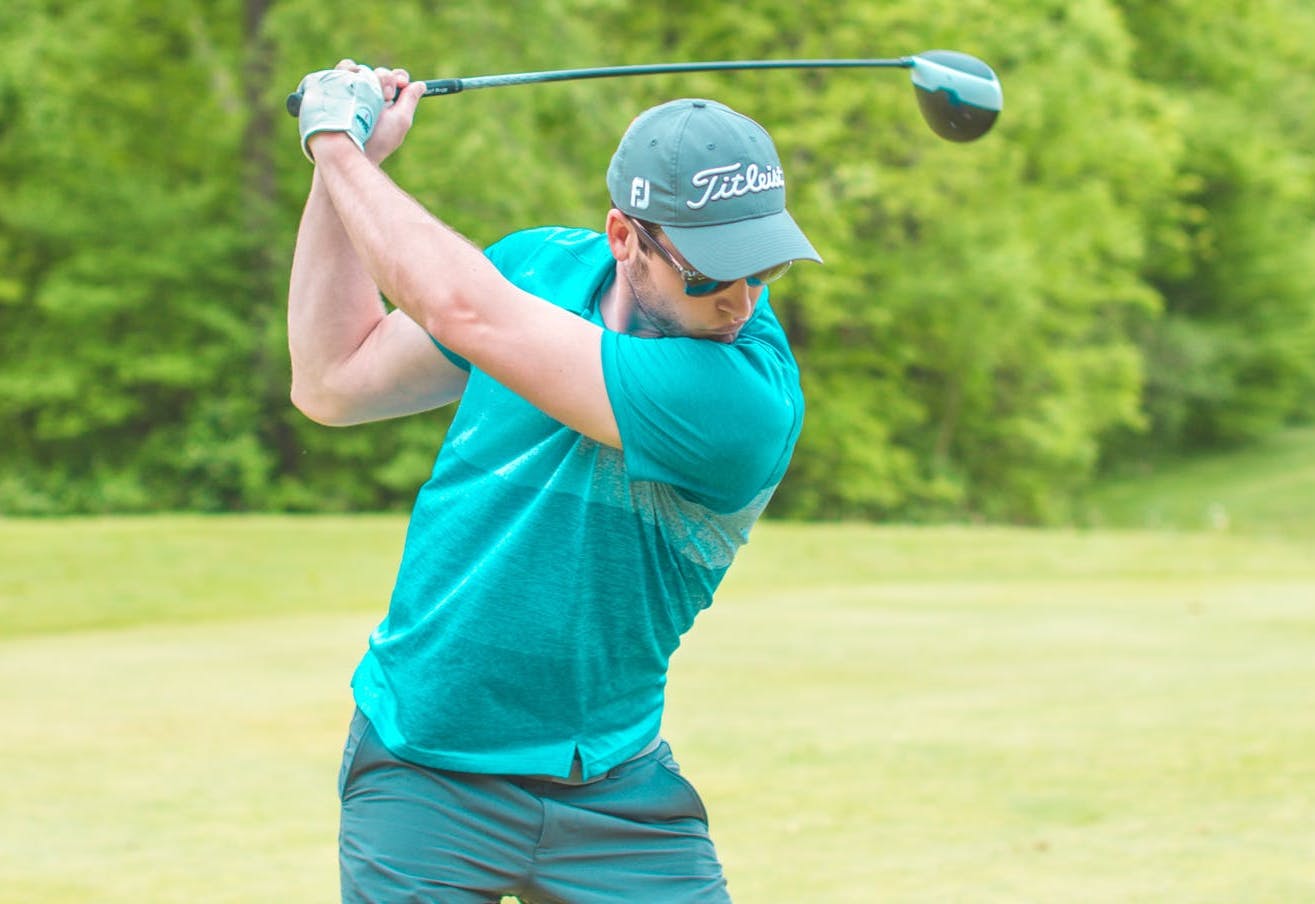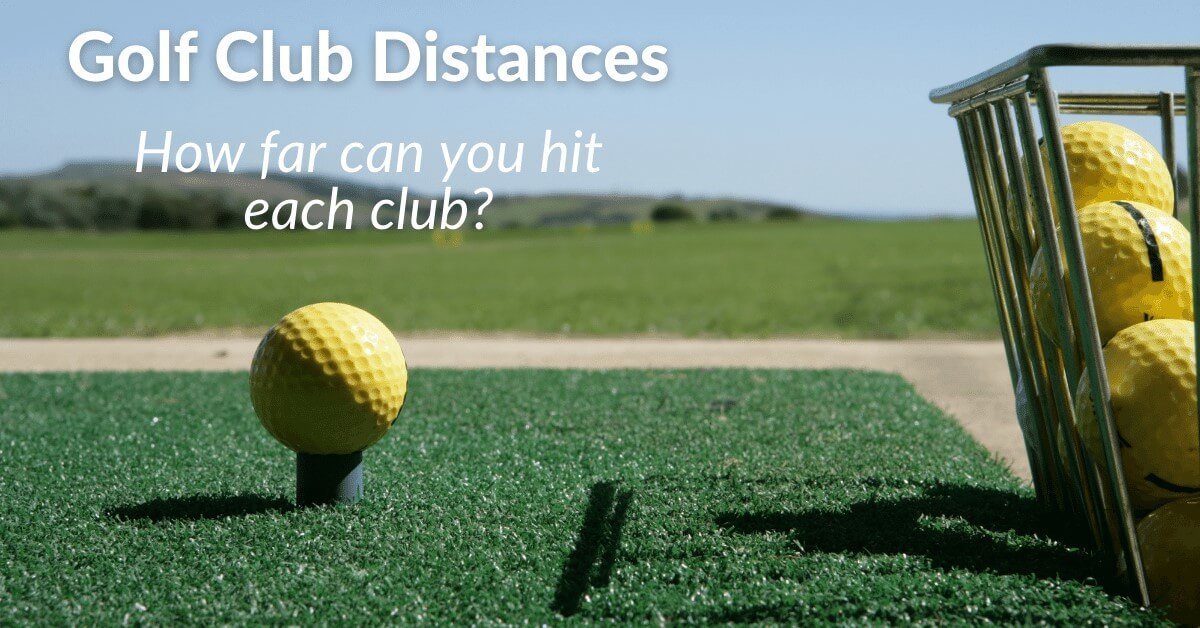
To stop your golf ball from being topped, you need to improve your posture. Topping shots can be caused by standing too far from the ball or reaching out for it. A topped shot can also be caused by an uneven swing arc.
Proper posture is key to avoid overshot shots
Topped shots are a common problem for golfers. It is important to know the causes of topped shots in order to avoid them. Common causes include improper swing arc, incorrect posture, reverse pivot, poor follow-through, and awkward stance. You can avoid these errors and get the ball down by adopting the correct posture.
Top shots are usually caused by improper weight distribution. You can avoid this by shifting your weight to the back foot prior to swinging. Also, improper follow-through can cause a top shot. You can make a significant difference by focusing on these things.

'Almost-fresh air' causes a topped shot
If you have ever hit a ball that traveled low to the ground, but didn't make a dive, this could be an indication of a 'topped shot. A topped shot is not capable of producing a divot. Divots can only be produced when the ball hits the ground after bounce off. This shot can be caused by one of three primary reasons. Each involves the position of your swing arc's bottom.
A reverse pivot causes a top shot
If you've ever played golf and been frustrated with a topped shot, you're not alone. Many amateur golfers suffer from the common swing flaw of the reverse pivot. This type swing puts too much weight onto the upper body, making it difficult for the golfer to achieve maximum clubhead speed. This can cause pain and injury. Experts state that reverse pivot is due to physical limitations. This can be corrected by doing simple exercises that work on strengthening your lower body.
Avoiding the reverse turn is the first step to prevent a top shot. This is the most common reason for a top shot. You can avoid it by keeping your weight on your frontfoot during your backswing. When making the pivot, keep your feet open and your knees bent. It's best not to attempt the reverse pivot while aiming at a ball.
Uneven swing arc can cause a topped shot
A topped golf shot is one where the ball does not touch the ground. A divot on the other hand is when the golf ball hits the ground but does not bounce off. Three factors generally cause a topped hit. These include the position of the bottom in the swing arc.

A topped shot usually has an uneven swing arc. The bottom of your swing arc might not reach or be in line with the ball. The bottom of the swing arc should not be too high in either case. If it is too high, the shot is likely to hit a divot.
FAQ
How do you learn to play golf properly?
Golf is a skill that takes practice and time. You can improve your game by practicing. Here are some tips to help:
-
You should practice regularly. Golf requires constant concentration. You won't improve your golf skills if you don’t practice enough.
-
Play with people who know how to play. Playing with people can help you create your own style.
-
Read about golf before you begin practicing. This will give you an idea about what you need to do.
-
Do not try to master all aspects of your game at once. Concentrate on one aspect in your game. For example, focus on improving your putting or learning to chip. You can then move on to the next part of your game once you feel confident.
-
Take lessons. Lessons can teach you important things like stance, swing speed, posture, etc.
-
Try new techniques. Try out new grips, stances or swings.
-
Keep records. Keep track of your progress and record your scores. You can then see your strengths and weaknesses.
-
Join a local club. There are many clubs that offer free lessons. Many clubs offer free lessons and have helpful members who are willing to help newcomers.
-
Locate a coach. You can get guidance from a professional coach on certain areas of your game.
What is the difference between a driving range and a putting green?
A driving range is a place where players can practice hitting the balls from 50 yards up to 300 yards. Players use putting greens to practice their skills.
Are there any skills required to play golf?
No. You just need a pair if walking shoes, a towel and some clubs.
What kind of clubs do I need?
There are many types of clubs. A driver is a heavy-metal club that allows players to hit the ball farther. Other clubs include woods, irons, wedges, and putters.
Woods are longer clubs, designed to let players get as close to the pin as possible while still being able reach the green. They are usually used for long drives.
Irons are shorter clubs, which are made to allow players to hit the ball closer towards the pin. They are often used for short-distance shots such as putting and chipping.
Wedges are specialized clubs that are used to control the flight path of the ball. These are used to direct shots that require precise direction.
Putters are small clubs used to move the ball towards the cup. These clubs are used to make short putts.
The type of shot that you are looking to make will determine the type of club you choose. Different clubs suit different types of shots better.
For example, drivers are useful for hitting the ball far away from the hole. Woods are ideal for driving the ball long distances. Irons are ideal for short shots. The ability to control the ball's flight is a great advantage of wedges. Putters are perfect for rolling the ball into the hole.
What is a Par?
Par refers to the number of strokes needed to complete a hole. The total score is calculated by adding up each player's individual score.
Each round of golf has 18 holes. Each hole is assigned a rating. "Par 3'' is the highest rated hole. It is three strokes from the hole. The lowest rated hole is called "par 5''. It is five strokes from the hole.
Statistics
- They do this by means of assessing and rating courses according to the average good score of a "bogey golfer," a player with a handicap of around 20. (en.wikipedia.org)
- Buying a set of Titleist or Taylor-Made irons for nearly $1,000 is simply not necessary and likely a waste of money. (golficity.com)
- Professional golfers typically make between 60% and 70% of greens in regulation. (en.wikipedia.org)
- In the United States, the number of people who play golf twenty-five times or more per year decreased from 6.9 million in 2000 to 4.6 million in 2005, according to the [51] (en.wikipedia.org)
External Links
How To
How can you play better golf when the wind blows?
Golf is a game played outdoors on open grassy areas. It is one of most well-known sports. There are many courses available, including public and private. Indoor golf can also be played, such as in shopping malls or indoor arenas. You must hit golf balls into a series of holes. Each hole contains a fairway or rough, a teebox, fairway, rough, hazards, and a green. Depending on the type shot needed, players may use a driver (wedge, wedge, long-iron, or putter). Depending on the rules of the course, players may have to carry the ball up to a certain distance before hitting it, or they may only have to drop the ball in the cup. Playing outdoor golf has many conditions that can affect the way a player hits their shots. These conditions include speed, temperature and humidity.
There are two types main winds: headwinds or crosswinds. Headwinds blow left to right and crosswinds from left to right. If the wind blows towards the golfer, he/she is playing against the wind. However, if the wind blows away from the golfer, he/she will hit with the wind. Because the ball tends higher and farther in strong winds, it is more difficult to play golf. This makes it harder for the player controlling the ball's trajectory. To counter these effects, players keep the club's face perpendicular with the ground. They strike the ball with maximum force and contact so it is fully in contact with the ground. However, even though the ball flies lower in stronger wind, it travels farther due to increased air resistance.
Golf in the wind is a skill that requires practice. The wind has an effect on the ball's flight path, as mentioned earlier. The area is affected by wind, so a good golfer needs to know this information. He/She would adjust his/her swing accordingly so that he/she can hit the ball cleanly without losing any energy. The wind's location is another important consideration. The wind is not always consistent in its direction. For example, the breeze that blows off the ocean can be very light, but it can often be stronger near the shoreline. Similar to this, wind blows strongly close to the ground. Golfers need to pay particular attention to wind direction, intensity and other factors.
Golfing in the wind can be challenging. Watch the wind and ensure that your swing aligns properly. You must also learn to read wind patterns and adjust your swing accordingly.